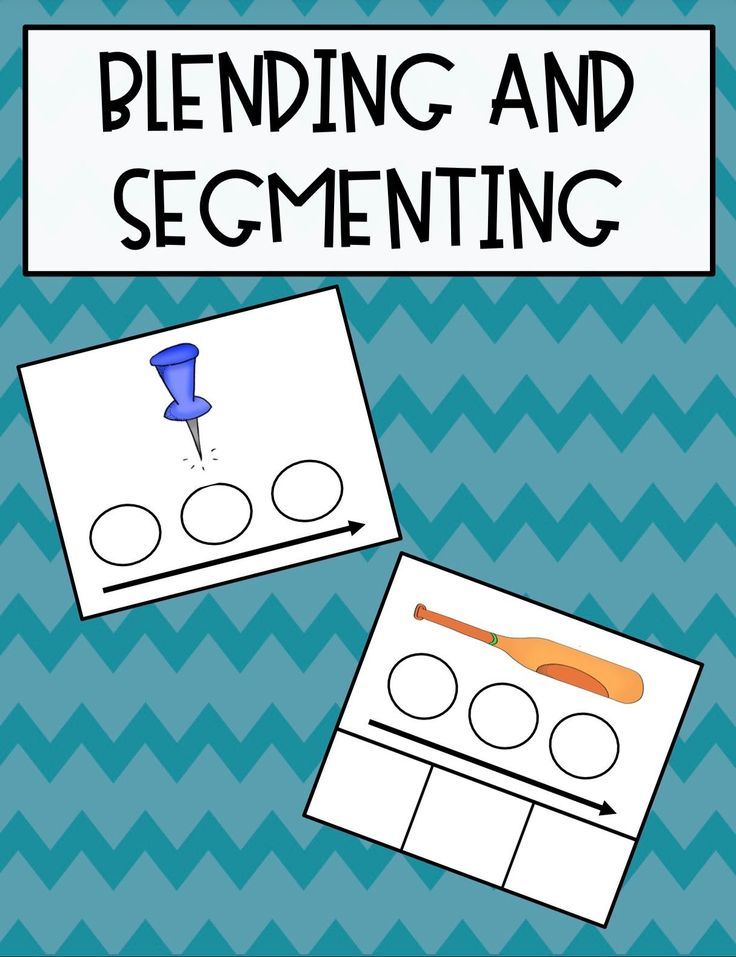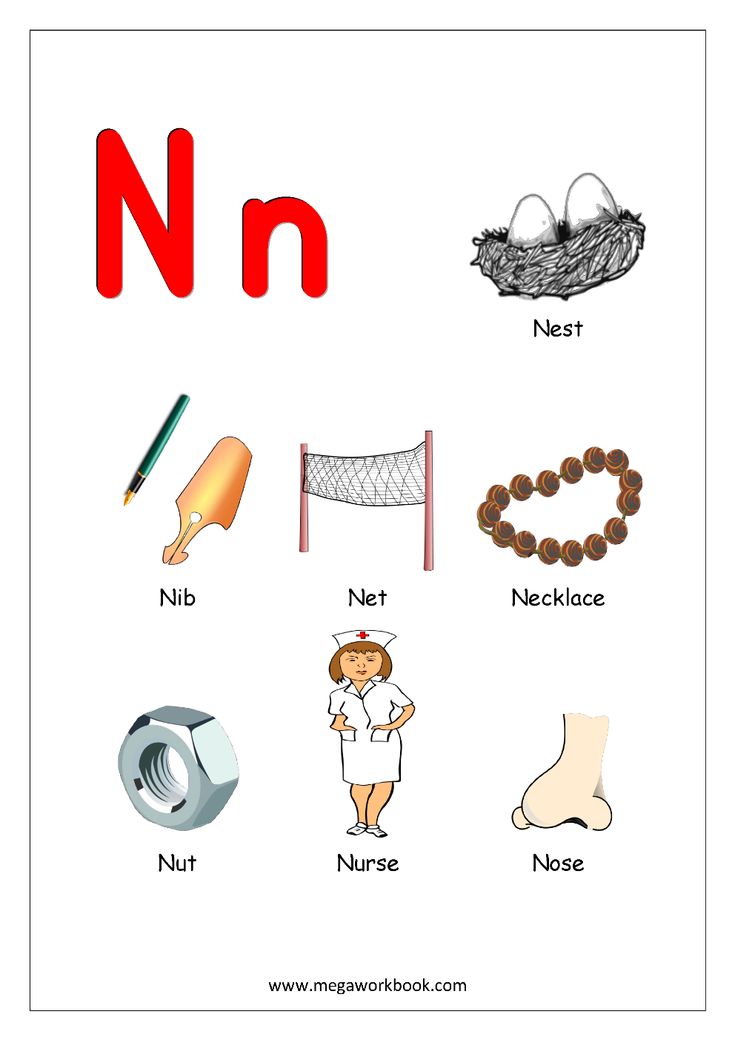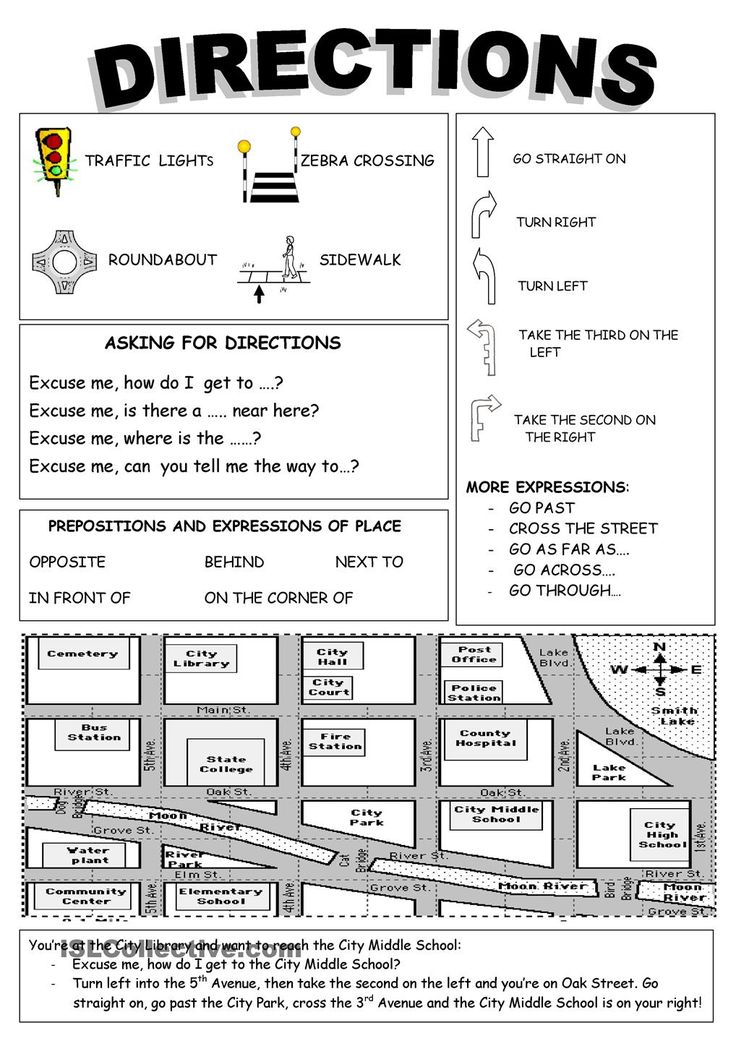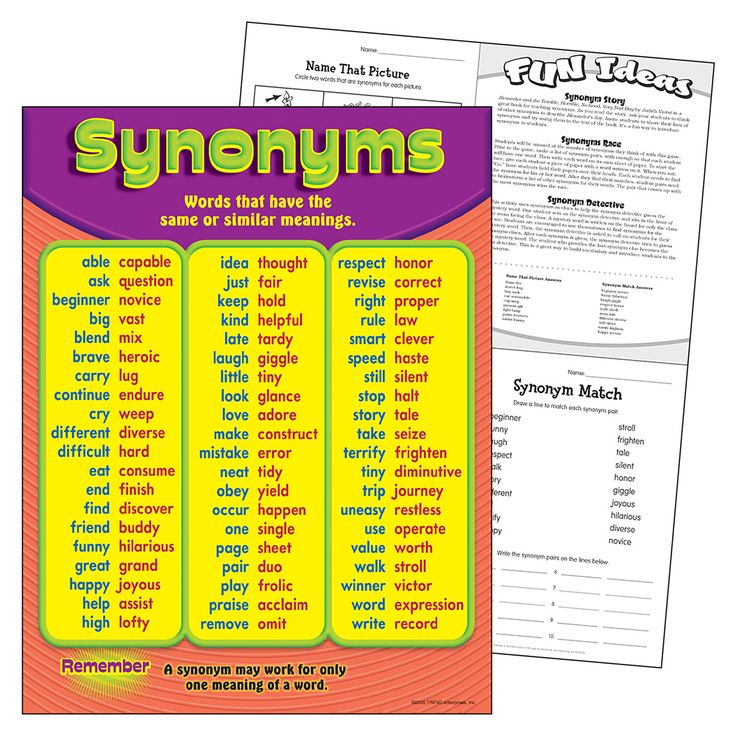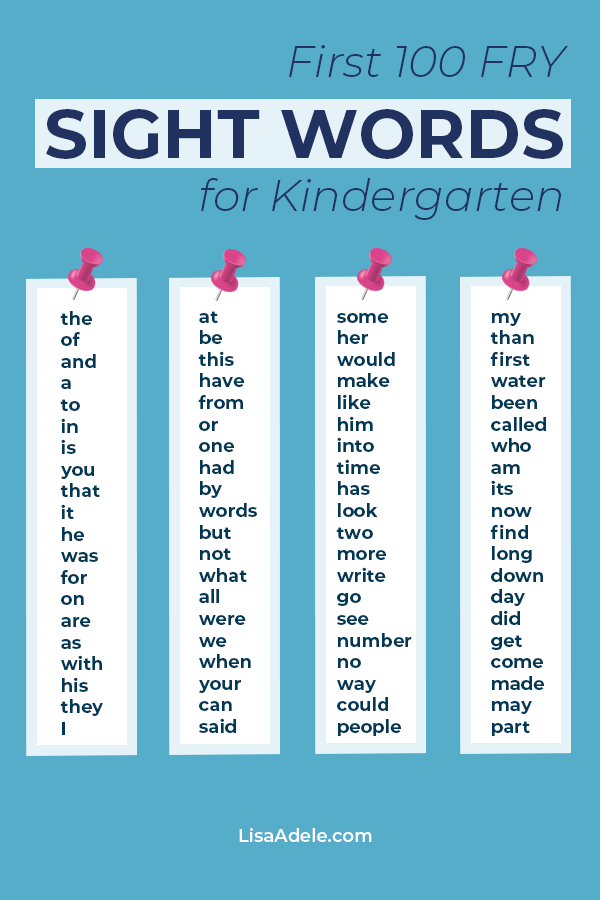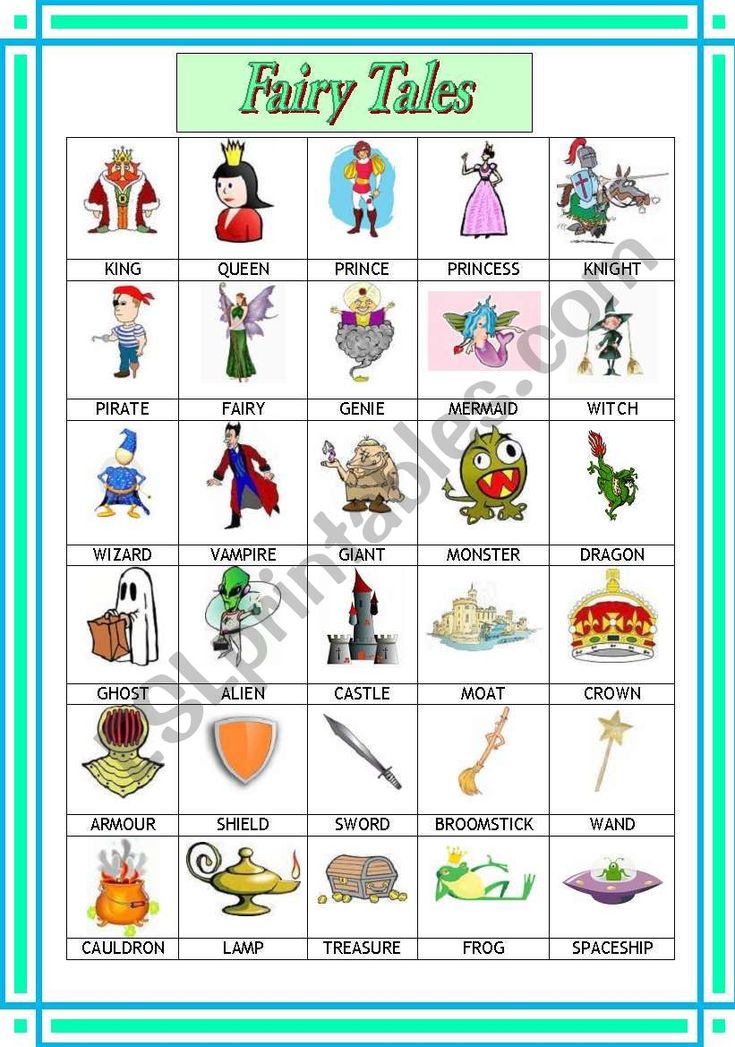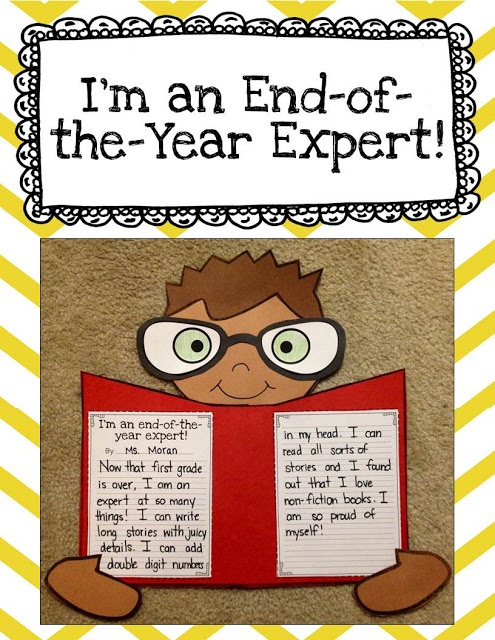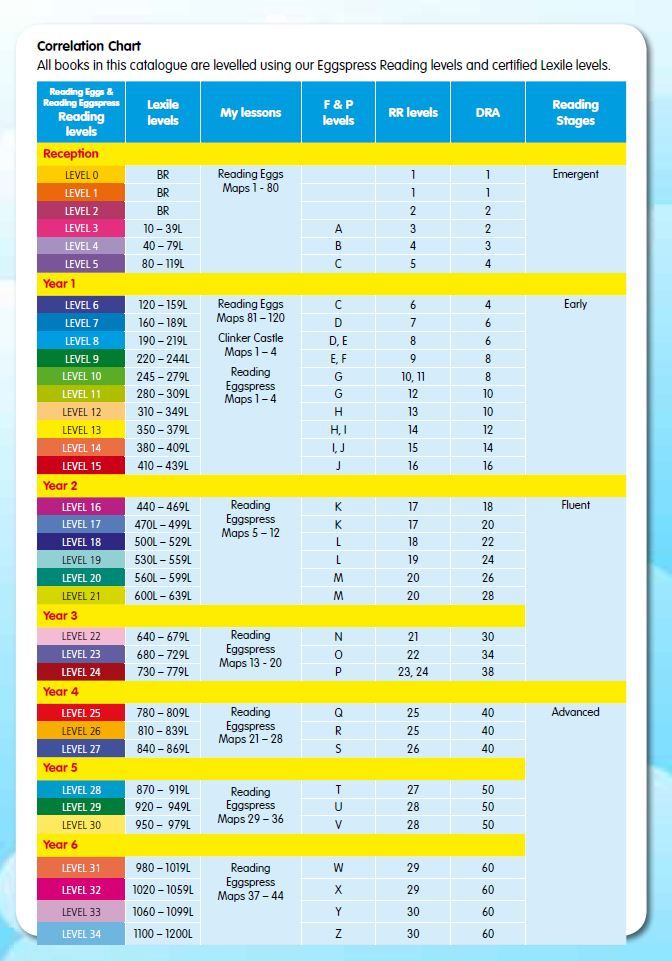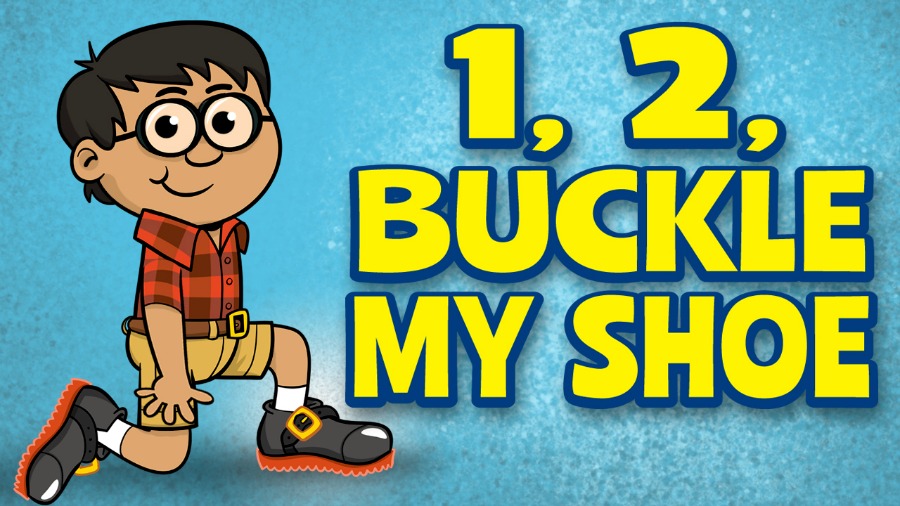Blending and segmenting activities
Blending and Segmenting Games | Classroom Strategies
Children who can segment and blend sounds easily are able to use this knowledge when reading and spelling. Segmenting and blending individual sounds can be difficult at the beginning. Our recommendation is to begin with segmenting and blending syllables. Once familiar with that, students will be prepared for instruction and practice with individual sounds.
| How to use: | Individually | With small groups | Whole class setting |
What are blending and segmenting?
Blending (putting sounds together) and segmenting (pulling sounds apart) are skills that are necessary for learning to read and spell. When students understand that spoken words can be broken up into individual sounds (phonemes) and that letters can be used to represent those sounds, they have the insight necessary to read and write in an alphabetic language. Blending and segmenting games and activities can help students to develop phonemic awareness, a strong predictor of reading achievement.
Why teach blending and segmenting?
- Teaching students to identify and manipulate the sounds in words (phonemic awareness) helps build the foundation for phonics instruction.
- Blending and segmenting activities and games can help students to develop phonological and phonemic awareness.
- Developing phonemic awareness is especially important for students identified as being at risk for reading difficulty.
How to teach blending and segmenting
Segmenting and blending — especially segmenting and blending phonemes (the individual sounds within words) — can be difficult at first because spoken language comes out in a continuous stream, not in a series of discrete bits. Beginning with larger units of speech can help.
Early in phonological awareness instruction, teach children to segment sentences into individual words. Identify familiar short poems such as "I scream you scream we all scream for ice cream!" Have children clap their hands with each word.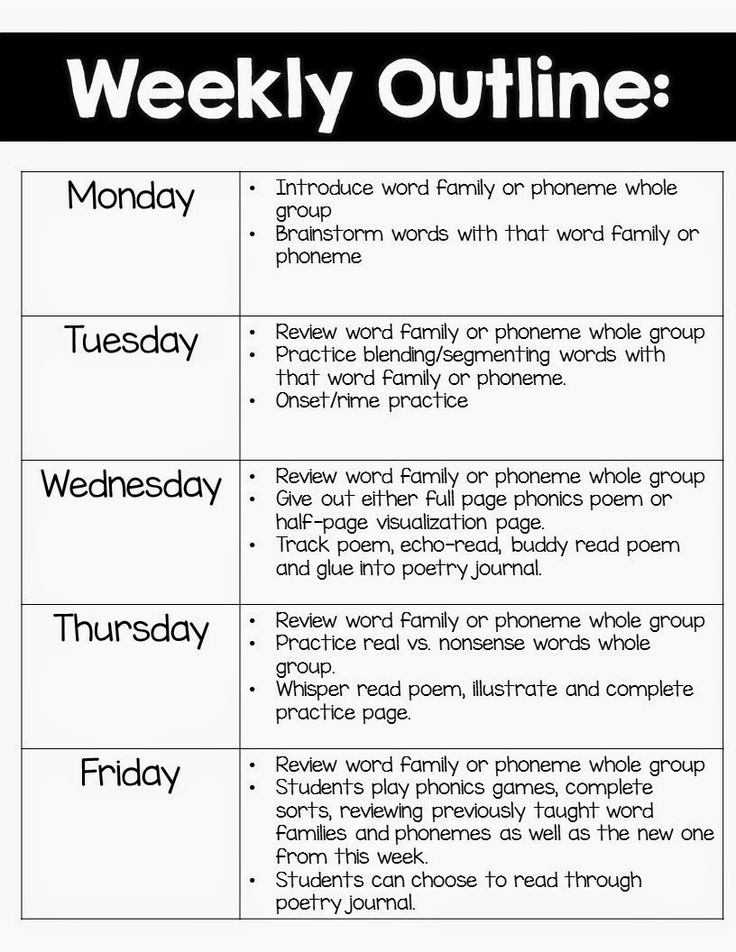
As children advance in their ability to manipulate oral language, teach them to segment words into syllables. For example, have children segment their names into syllables: e.g., Ra-chel, Al-ex-an-der, and Rod-ney. Likewise, have them blend syllables to make words.
Once in kindergarten, the focus of blending and segmenting instruction should shift to the phoneme level. This work can be challenging for students, so it can be useful to know which scaffolds can help students make the leap.
- Start with words that have only two phonemes (for example, am, no, in)
- Begin with continuous sounds (phonemes that can be held for a beat or two without distorting the sound). Have students practice blending and segmenting words with continuous sounds by holding the sounds using a method called “continuous blending” or “continuous phonation.” (e.g., “aaaammmm ... am”)
- Then, introduce a few stop sounds (phonemes that cannot be held continuously).
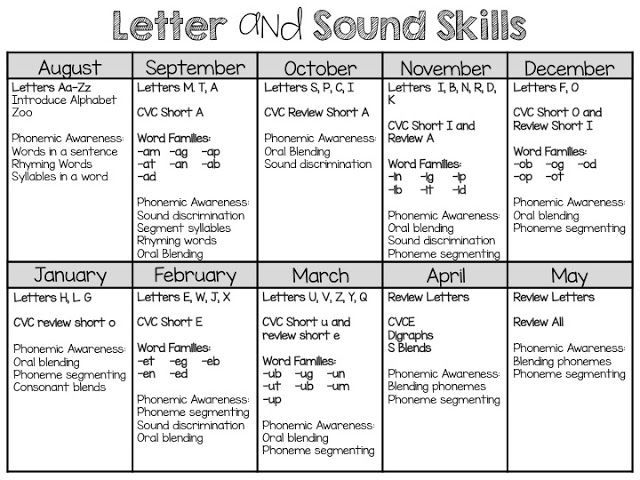 Ensure that students articulate the sounds cleanly, without adding an “uh” to the ends of sounds such as /t/ and /b/. Stop sound at the end of words (eg. at, up) are easier to blend than those that have stop sounds at the beginning (for example, be, go)
Ensure that students articulate the sounds cleanly, without adding an “uh” to the ends of sounds such as /t/ and /b/. Stop sound at the end of words (eg. at, up) are easier to blend than those that have stop sounds at the beginning (for example, be, go) - As students are ready, progress to words with three phonemes, keeping in mind that words beginning with continuous phonemes (for example, sun) are easier to blend and segment than those with stop sounds (for example, top).
- As students become more skilled at blending and segmenting, they may no longer need to hold sounds continuously, transitioning from “ssssuuunnn” to sun.
It can be helpful to anchor the sounds students are working with to visual scaffolds. Elkonin boxes, manipulatives (such as coins or tiles), and hand motions are popular supports. It’s important to remember, however, that the goal of blending and segmenting games is literacy and there is no better visual representation for a phoneme than a letter.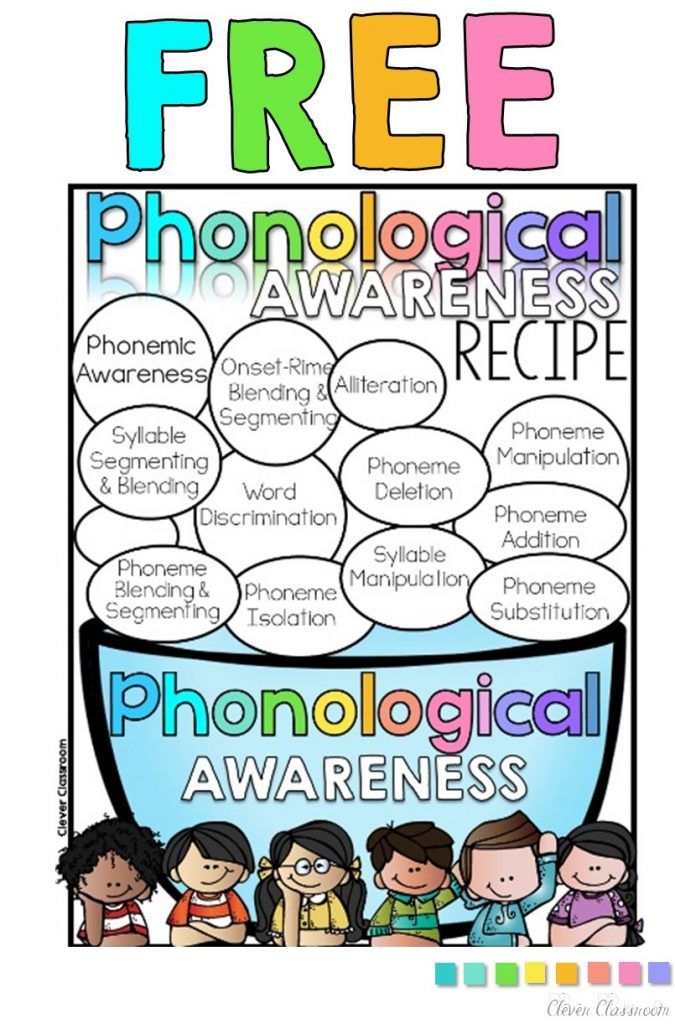
Collect resources
Blending: guess-the-word game
This activity, from our article Phonological Awareness: Instructional and Assessment Guidelines, is an example of how to teach students to blend and identify a word that is stretched out into its basic sound elements.
Objective: Students will be able to blend and identify a word that is stretched out into its component sounds.
Materials needed: Picture cards of objects that students are likely to recognize such as: sun, bell, fan, flag, snake, tree, book, cup, clock, plane
Activity: Place a small number of picture cards in front of children. Tell them you are going to say a word using "Snail Talk" a slow way of saying words (e.g., /fffffllllaaaag/). They have to look at the pictures and guess the word you are saying. It is important to have the children guess the answer in their head so that everyone gets an opportunity to try it. Alternate between having one child identify the word and having all children say the word aloud in chorus to keep children engaged.
Talking in "Robot Talk," students hear segmented sounds and put them together (blend them) into words. See robot talk activity ›
See all Blending/Segmenting Activities from the University of Virginia PALS program
Blending slide
The "Reading Genie" offers teachers a simple way to teach students about blends. Teachers can use a picture or small replica of a playground slide and have the sounds "slide" together to form a word. See blending slide activity ›
Oral blending activity
The information here describes the importance of teaching blending skills to young children. This link provides suggestions for oral sound blending activities to help students practice and develop smooth blending skills. See oral blending activities ›
Sound blending using songs
This activity (see Yopp, M., 1992) is to the tune of "If You're Happy and You Know It, Clap Your Hands."
If you think you know this word, shout it out!
If you think you know this word, shout it out!
If you think you know this word,
Then tell me what you've heard,
If you think you know this word, shout it out!
After singing, the teacher says a segmented word such as /k/ /a/ /t/ and students provide the blended word "cat.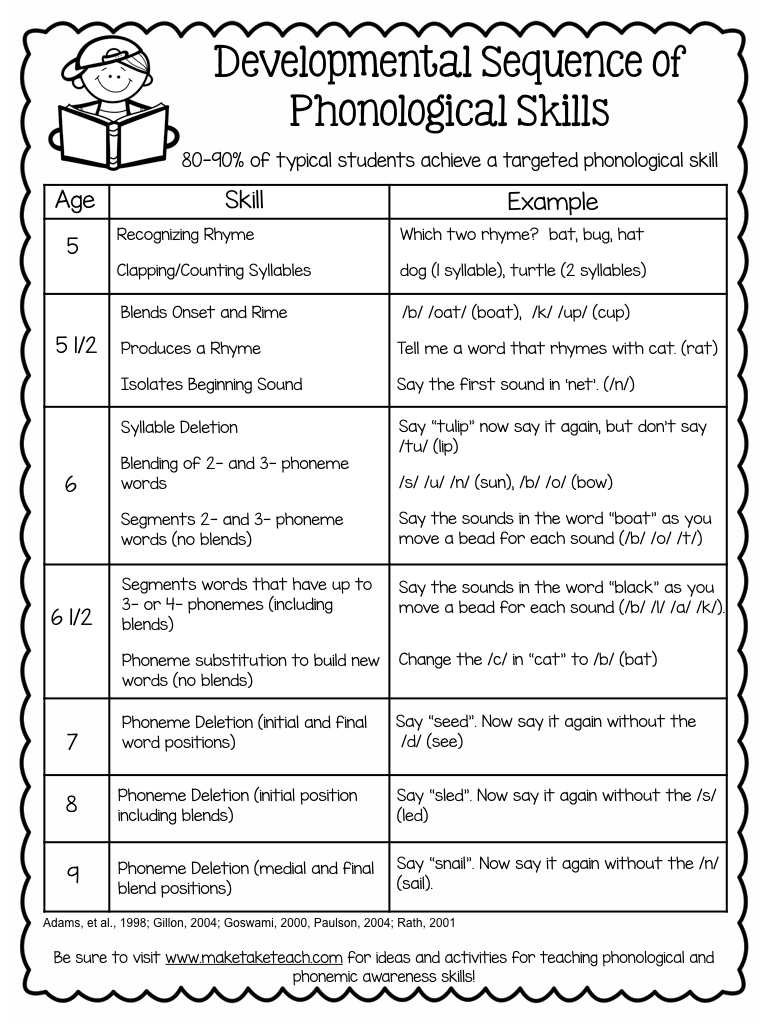 "
"
Segmenting cheer activity
This link provides teachers with information on how to conduct the following segmentation cheer activity. See segmenting cheer activity ›
Write the "Segmentation Cheer" on chart paper, and teach it to children. Each time you say the cheer, change the words in the third line. Have children segment the word sound by sound. Begin with words that have three phonemes, such as ten, rat, cat, dog, soap, read, and fish.
Segmentation Cheer
Listen to my cheer.
Then shout the sounds you hear.
Sun! Sun! Sun!
Let's take apart the word sun.
Give me the beginning sound. (Children respond with /s/.)
Give me the middle sound. (Children respond with /u/.)
Give me the ending sound. (Children respond with /n/.)
That's right!
/s/ /u/ /n/-Sun! Sun! Sun!
Segmenting with puppets
Teachers can use the activity found on this website to help teach students about segmenting sounds.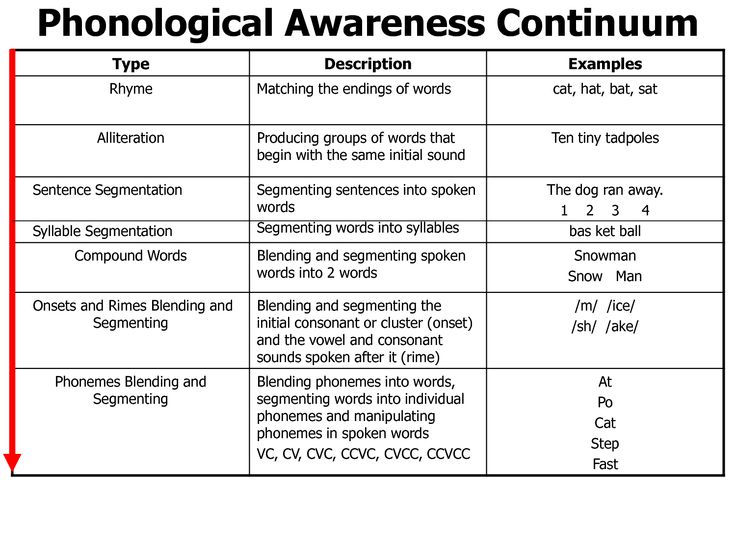 The activity includes the use of a puppet and downloadable picture cards. See segmenting with puppets activity ›
The activity includes the use of a puppet and downloadable picture cards. See segmenting with puppets activity ›
Differentiate instruction
For English-learners, readers of different ability levels, or students needing extra support:
- Incorporate print into blending and segmenting the individual sounds in words with students who know the spelling-sound correspondences in the words.
- Use picture-centered activities to support English-learners and younger students.
Related strategies
Find more activities for building phonological and phonemic awareness in our Reading 101 Guide for Parents.
See the research that supports this strategy
Chard, D., & Dickson, S. (1999). Phonological Awareness: Instructional and Assessment Guidelines.
Clemens, N., Solari, E., Kearns, D. M., Fien, H., Nelson, N. J., Stelega, M., Burns, M., St. Martin, K. & Hoeft, F. (2021, December 14). They Say You Can Do Phonemic Awareness Instruction “In the Dark”, But Should You? A Critical Evaluation of the Trend Toward Advanced Phonemic Awareness Training.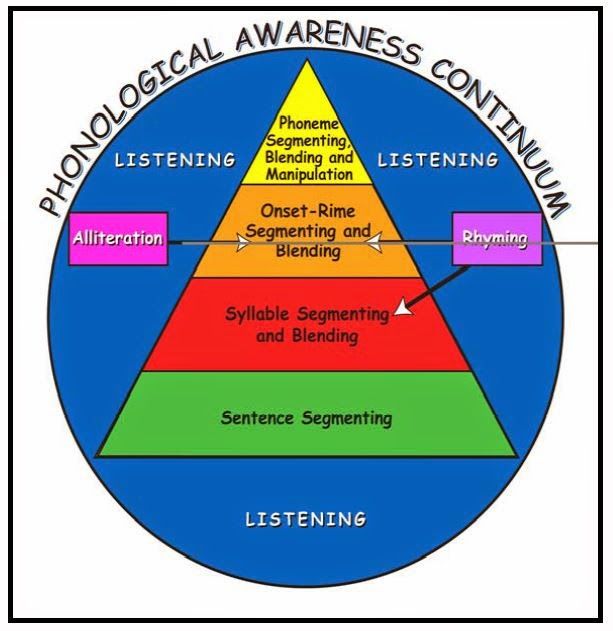
Fox, B., & Routh, D.K. (1976). Phonemic analysis and synthesis as word-attack skills. Journal of Educational Psychology, 68, 70-74.
Gonzalez-Frey, S. & Ehri, L.C. (2021) Connected Phonation Is More Effective than Segmented Phonation for Teaching Beginning Readers to Decode Unfamiliar Words. Scientific Studies of Reading, 25:3, 272-285.
Sensenbaugh. (1996). ABCs of Phonemic Awareness.
Smith, S.B., Simmons, D.C., & Kameenui, E.J. (February, 1995). Synthesis of research on phonological awareness: Principles and implications for reading acquisition. (Technical Report no. 21, National Center to Improve the Tools of Education). Eugene: University of Oregon.
Yopp, H. K. (1992). Developing phonemic awareness in young children. The Reading Teacher, 45 , 696-703.
Elkonin Boxes | Classroom Strategies
Elkonin boxes build phonological awareness skills by segmenting words into individual sounds, or phonemes. To use Elkonin boxes, a child listens to a word and moves a token into a box for each sound or phoneme.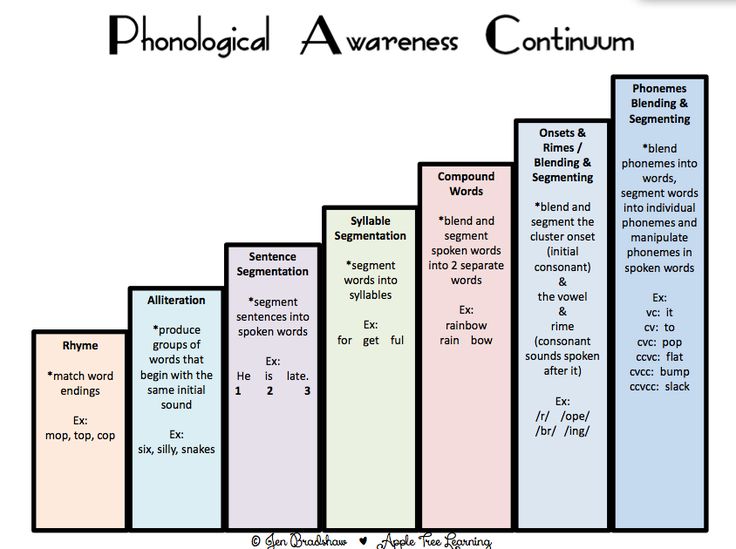 In some cases different colored tokens may be used for consonants and vowels or just for each phoneme in the word.
In some cases different colored tokens may be used for consonants and vowels or just for each phoneme in the word.
| How to use: | Individually | With small groups | Whole class setting |
Why use Elkonin Boxes?
- They help students build phonological awareness by segmenting words into sounds or syllables.
- They teach students how to count the number of phonemes in the word (not always the number of letters).
- They help students better understand the alphabetic principle in decoding and spelling.
How to use Elkonin Boxes
- Pronounce a target word slowly, stretching it out by sound.
- Ask the child to repeat the word.
- Draw "boxes" or squares on a piece of paper, chalkboard, or dry erase board with one box for each syllable or phoneme.
- Have the child count the number of phonemes in the word, not necessarily the number of letters. For example, wish has three phonemes and will use three boxes.
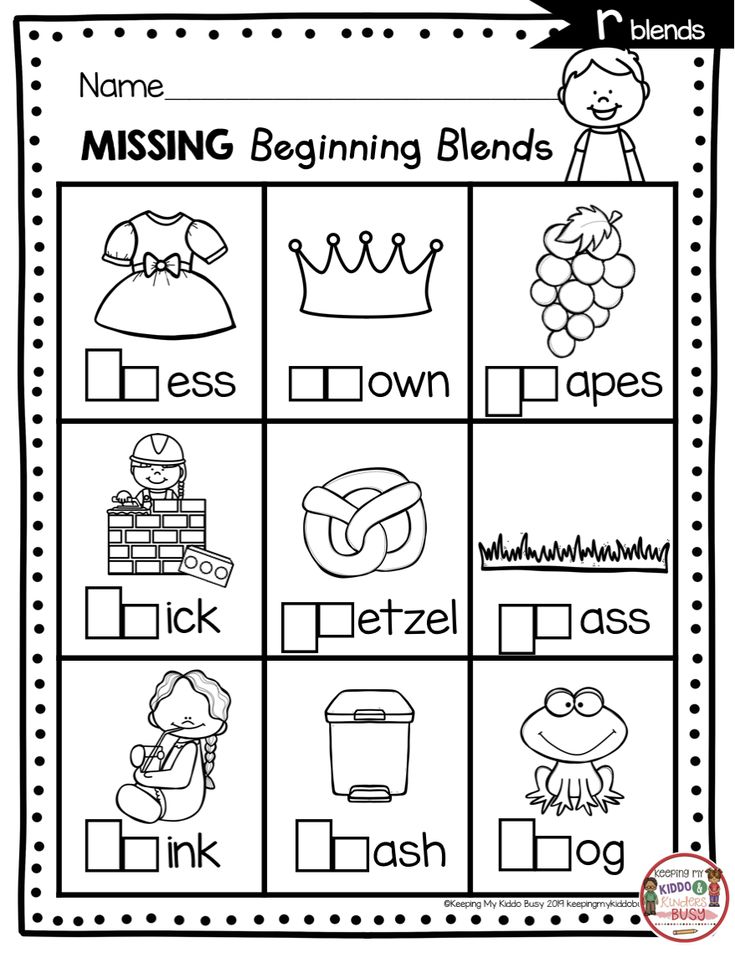 /w/, /i/, /sh/
/w/, /i/, /sh/ - Direct the child to slide one colored circle, unifix cube, or corresponding letter in each cell of the Elkonin box drawing as he/she repeats the word.
The example below shows an Elkonin Box for the word "sheep," which consists of three phonemes (sounds): /sh/ /ee/ /p/
Elkonin sound boxes (small group)
A first grade teacher demonstrates the use of Elkonin sound boxes and talks about how this research-based strategy helps build phonemic awareness skills. (Understood)
Elkonin sound boxes (small group)
Watch this teacher help two children strengthen their phonemic awareness skills by practicing with Elkonin sound boxes. (Rollins Center for Language and Literacy)
Elkonin boxes with letters (small group)
Watch this one-on-one demonstration of how Elkonin boxes can be used to promote phonemic awareness, as well as encoding and decoding skills. (University of Florida Literacy Institute)
Collect resources
These example shows several ways teachers can use Elkonin boxes to teach phonemic awareness:
This website offers teachers several Elkonin box templates for various target words.
Elkonin box word templates ›
Teachers may wish to use the blank templates found on this website to accompany a segmenting task and provide students the opportunity to practice writing. Students can write each sound represented in the target word and then write a short sentence using the word.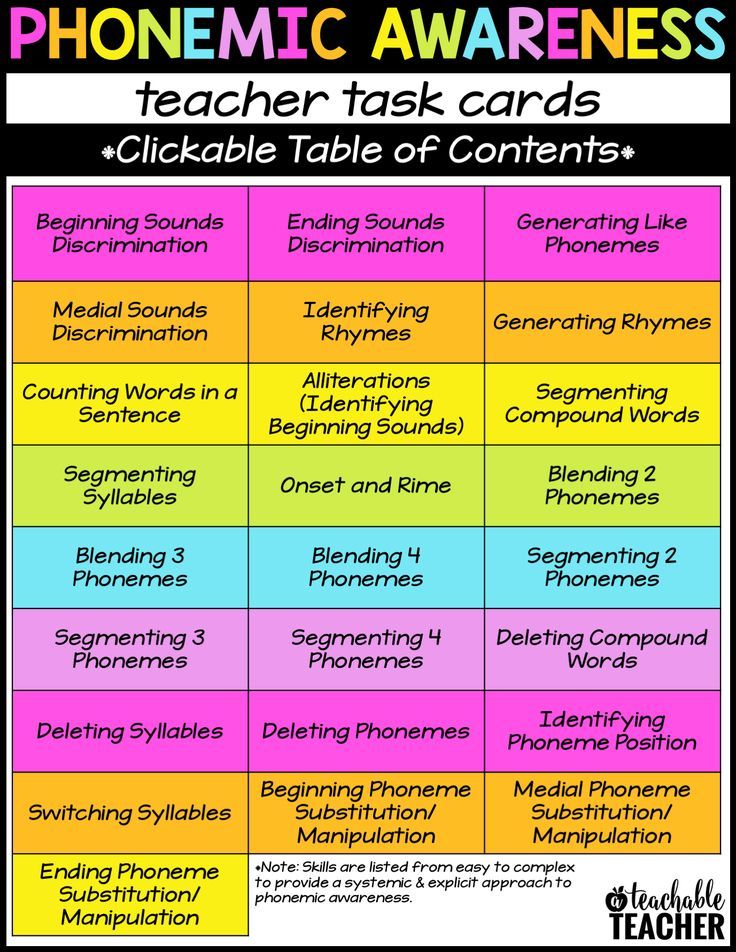
Elkonin box and writing template ›
Differentiate instruction
for second language learners, students of varying reading skill, and for younger learners
- Ideas for using Elkonin boxes with Spanish speaking students.
- Have more advanced students write letters in the boxes as you dictate words.
- Teachers can use this strategy in the following ways to meet each student's individualized reading level:
- Words with pictures and only two boxes
- Words with pictures and three boxes
- Words with no pictures and up to four boxes
Related strategies
Find more activities for building phonological and phonemic awareness in our Reading 101 Guide for Parents.
See the research that supports this strategy
Blachman, B. A., Ball, E. W., Black, R., & Tangel, D. M. (2000). Road to the code: A phonological awareness program for young children. Baltimore: Brookes.
Clay, M.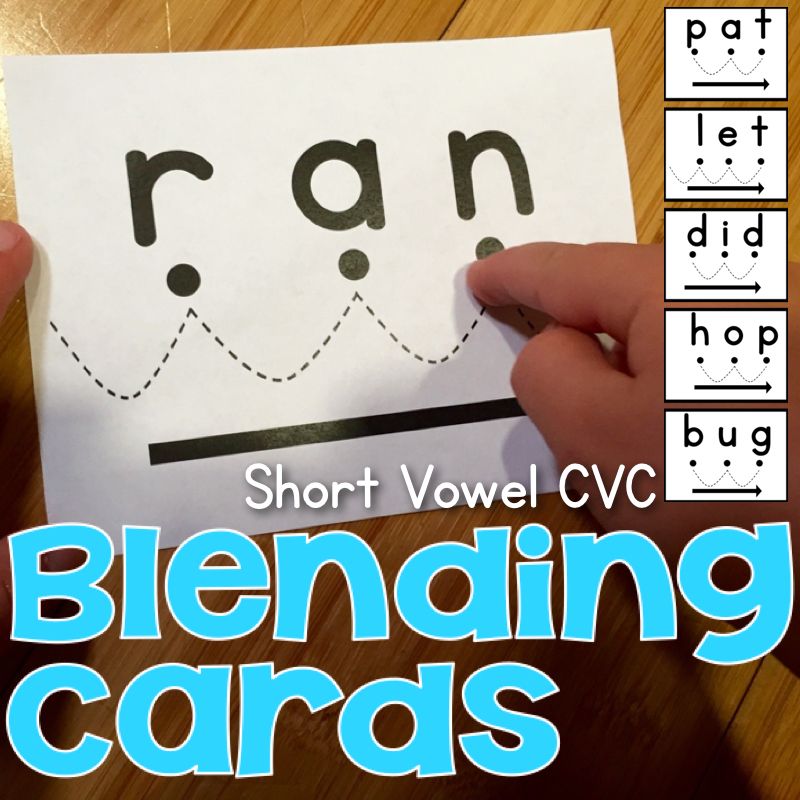 (1993). Reading Recovery: A Guidebook for Teachers in Training. NH: Heinemann.
(1993). Reading Recovery: A Guidebook for Teachers in Training. NH: Heinemann.
Elkonin, D. (1971). "Development of Speech". In A.V. Zaporozhets and D. B. Elkonin (Eds.). The Psychology of Preschool Children. Cambridge, MA: M.I.T. Press.
Ellis, E. (1997). How Now Brown Cow: Phoneme Awareness Activities.
National Institute of Child Health and Human Development. (2000). Report of the National Reading Panel. Teaching children to read: An evidence-based assessment of the scientific research literature on reading and its implications for reading instruction (NIH Publication No. 00-4769). Washington, DC: U.S. Government Printing Office.
Children's books to use with this strategy
Mom and Dad Are Palindromes
By: Mark Shulman
Genre: Fiction
Age Level: 6-9
Reading Level: Independent Reader
When a boy learns about palindromes, he begins to see them everywhere. The humorous tale introduces words and phrases that are the same when spelled — and pronounced — forward or backward. Palindrome riddles are presented in Too Hot to Hoot: Funny Palindrome Riddles by Marvin Terban (Sandpiper). Both books have strong visual clues.
Palindrome riddles are presented in Too Hot to Hoot: Funny Palindrome Riddles by Marvin Terban (Sandpiper). Both books have strong visual clues.
Hamsters, Shells, and Spelling Bees: School Poems
By: Lee Bennett Hopkins
Genre: Poetry
Age Level: 3-6
Reading Level: Beginning Reader
Familiar subjects are presented in short poems by a range of writers. These easier-to read works are just right to encourage careful listening.
Runny Babbit: A Billy Sook
By: Shel Silverstein
Genre: Poetry
Age Level: 6-9
Reading Level: Independent Reader
Runny Babbit talk is created by spoonerisms, switching the first sound in a pair of words, so a "silly book" becomes a "billy sook." Kids build their phonemic awareness without even trying! The audio book narrator's slightly gravelly voice is ideal for sharing these funny poems (completed though not published before the popular poet's death in 1999).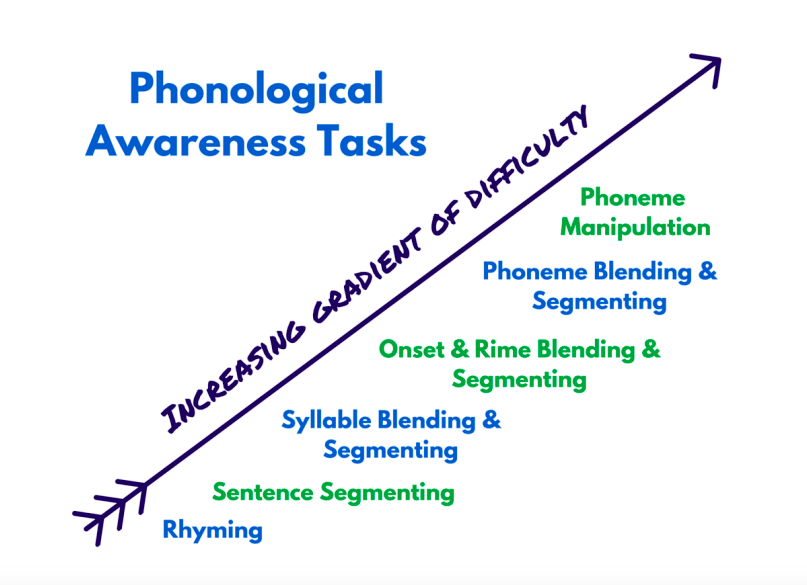
Go, Dog, Go!
By: P.D. Eastman
Genre: Fiction
Age Level: 3-6
Reading Level: Beginning Reader
Big dogs, little dogs, and all kinds of dogs are on the go throughout the pages of this surprising and funny classic easy reader. Illustrations use strong lines with muted colors to show playful mutts of all sizes in outrageous activities that keep beginning readers reading.
Comments
what is it, criteria and stages of market segmentation in marketing
Market segmentation: what is it, criteria and stages of market segmentation in marketing- Business recipes MANGO OFFICE
What is a checklist, how to correctly compose it and work on it
July 22, 2021 ≈ 8 minutes
How to write sales scripts for managers: development steps and rules
July 22, 2021 ≈ 14 minutes
What's new in Internet marketing?
The highlight of the monthly newsletter
Table of contents
No time to read?
You can subscribe
to our newsletter
Subscribe
Professional cloud business application for managing and processing customer requests.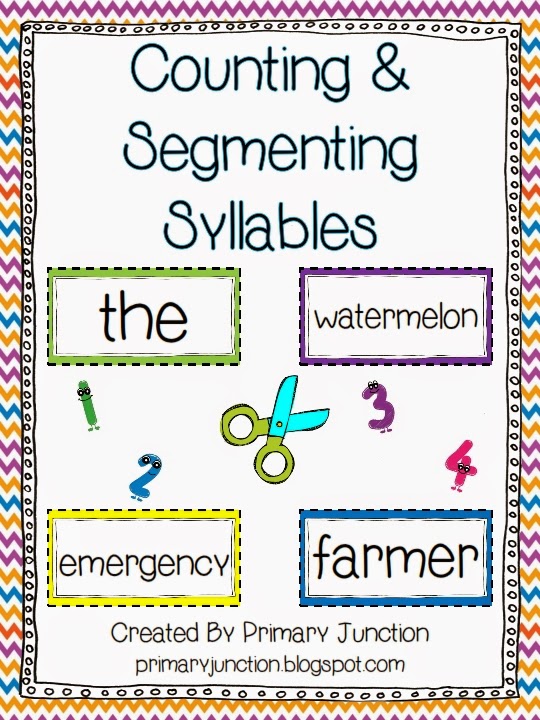
The service adds clients to the database, calls them and leads the sales funnel. The entire purchase process is in front of you - from the client's request to the closing of the transaction.
Read more
-
Business cases
-
Partners
-
Support
-
About company
-
Why MANGO OFFICE
-
our team
-
Our achievements
-
Career
-
Press center
-
Blog "Business Recipes"
-
Events
-
our clients
-
Reviews
What is market segmentation: goals, examples - Definition
Market segmentation is the process of grouping potential customers into groups based on similar characteristics such as age, gender, location, profession, and more.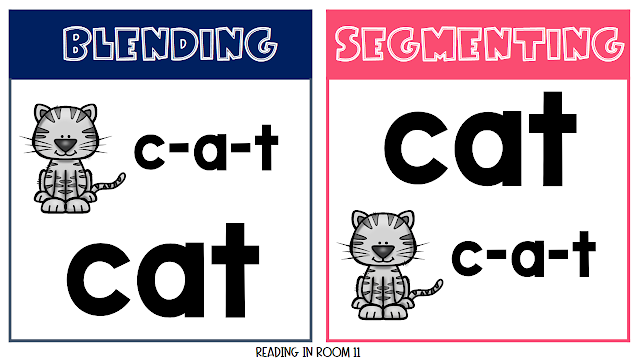
Watch this video from Internet marketing agency Netpeak and learn how to segment customers using the popular Sherrington technique.
Why market segmentation is needed
Market segmentation allows you to define the target audience and select one or more groups of potential buyers. This approach helps to determine market share, calculate sales, think over positioning and develop a sales strategy.
To sell any product, it is important to know how to catch the attention of the consumer, how to interest him and what characteristics of the product to focus on. To do this, you need to study the needs, pains, preferences and even weaknesses of your target audience. That is why in advertising for goods of popular brands, most often they sell not the technical characteristics of the products, but the benefits that the purchase brings.
Market segmentation helps you choose the right communication channels, develop a relevant offer, and focus your marketing efforts.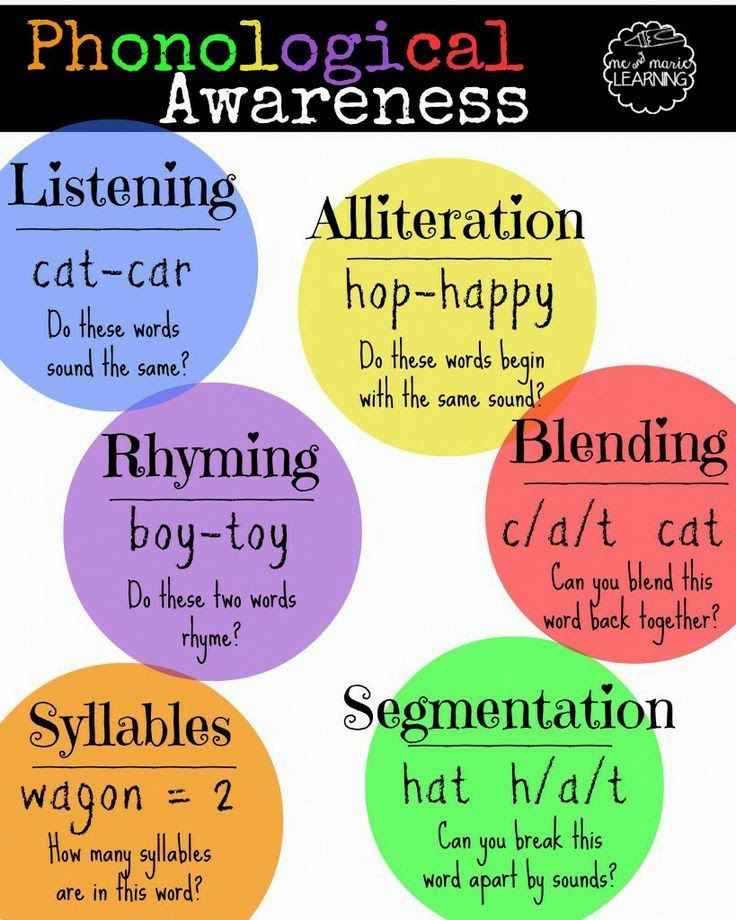 If you know your target audience, you can win customer loyalty, increase retention, increase loyalty, and build long-lasting relationships.
If you know your target audience, you can win customer loyalty, increase retention, increase loyalty, and build long-lasting relationships.
You can segment the market in different ways, since there is no single method. Each company independently determines a set of characteristics by which it groups potential customers. Next, you will get acquainted with the main criteria for market segmentation, which will help determine the target audience and develop a detailed portrait of the buyer in the future.
Criteria for market segmentation
To correctly select a segment, you must first determine the characteristics on the basis of which you will group potential customers. An important role in the choice of criteria is played by the level of competition in a niche, because it affects the buyer's journey. The more choices a consumer has, the more ways they can buy and the more nuances you need to consider.
There are a huge number of characteristics by which the audience is segmented.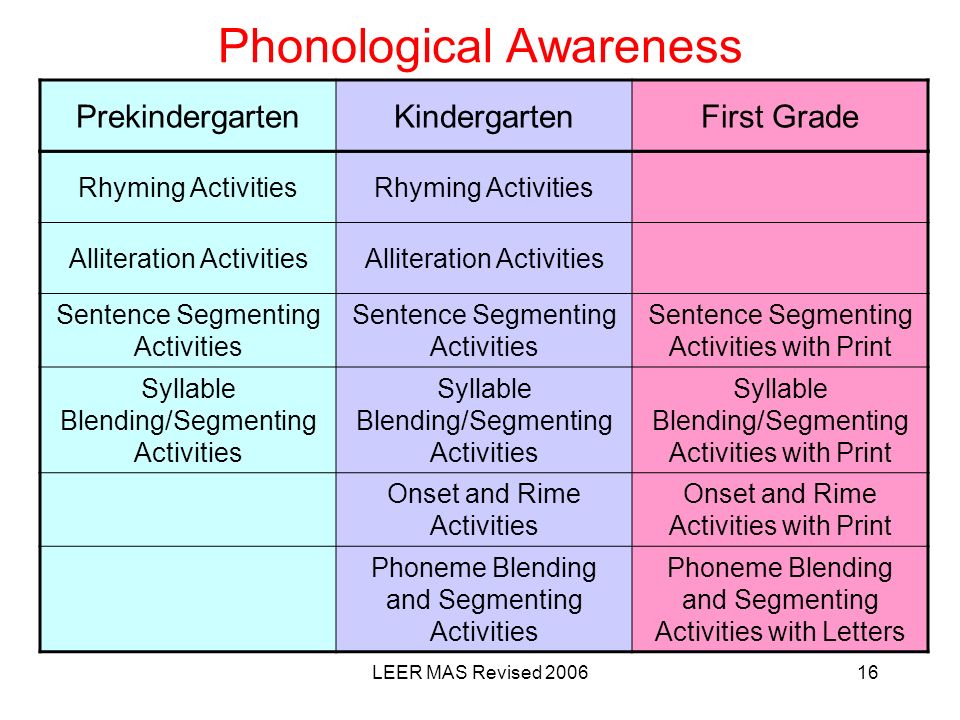 However, they all belong to one of the four main criteria. Let's look at them in more detail.
However, they all belong to one of the four main criteria. Let's look at them in more detail.
- Geographic criteria. These include characteristics such as country of residence, language, region, city, district, and so on.
- Demographic criteria. This is the gender, age of the potential client, family size, professional activity, nationality, social status and much more.
- Psychographic criteria. These include interests, lifestyle, values, character traits, and so on.
- Behavioral criteria. This is the willingness to purchase, the intensity of use of the product, the level of loyalty, and so on.
To accurately define the target audience and develop a buyer persona, use several criteria in conjunction. The more features you choose, the better. However, do not forget that your segment must have growth potential and be available for communication.
In the future, relying on the same criteria, you will be able to segment your target audience into other groups.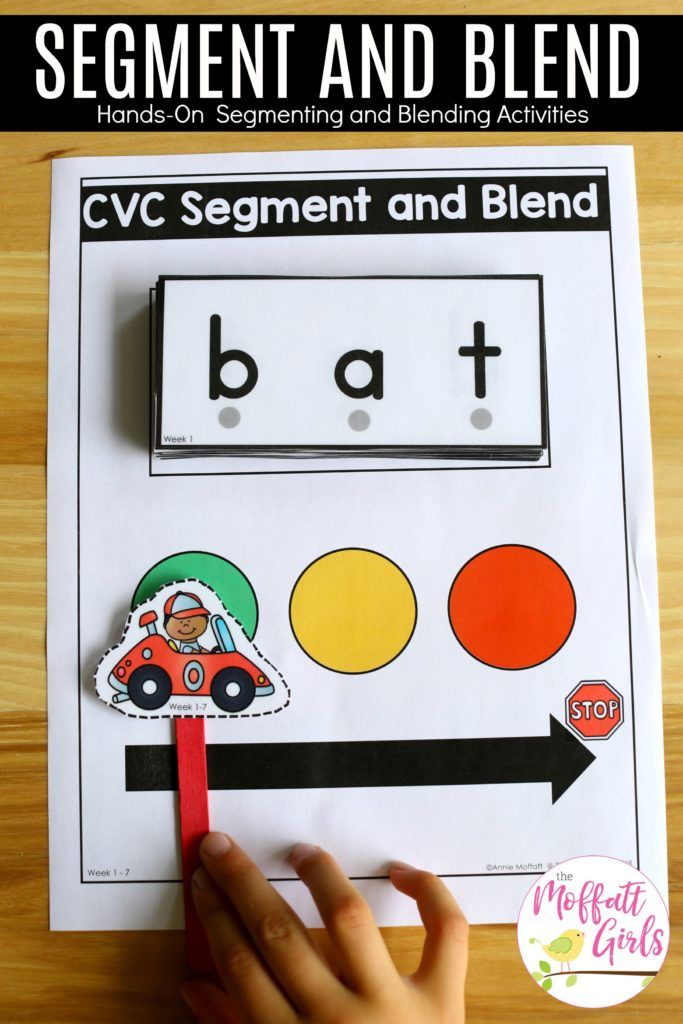 For example, you can group customers based on the level in the sales funnel, the amount of purchases, the category of goods purchased, and so on. To collect and manage customer data, use CRM systems, which will also help improve communication and work efficiency. Check out our blog to see what free CRMs are for small businesses.
For example, you can group customers based on the level in the sales funnel, the amount of purchases, the category of goods purchased, and so on. To collect and manage customer data, use CRM systems, which will also help improve communication and work efficiency. Check out our blog to see what free CRMs are for small businesses.
Now that you have learned about the criteria for market segmentation, it's time to look at the examples.
Examples of market segmentation
Below we will look at some examples of audience segmentation using different marketing tools. Use the given recommendations to interact with the right target segment.
Facebook ads
Facebook's targeting options are enormous. You can segment your target audience by age, gender, interests, and other characteristics. For example, in order to attract customers in different cities, TK Laser stores often target advertising by location. Below you see advertisements from the Advertising Library that are focused on attracting people in Kyiv.
Use our free step-by-step guide to create your first Facebook ad.
Chatbot
You can communicate with potential buyers through a chatbot, as it also allows you to segment customers. To do this, you need to bind the appropriate tags to certain action buttons. Let's say you make and sell cheese. Segment customers based on the type of product they are interested in and use this information to create personalized offers in the future.
See the screenshot below for a better understanding of how this works. The client selects the desired type of cheese using the button and the system automatically assigns the appropriate tag to it. Then you can send relevant offers to each group of customers. Read more about how to assign tags to subscribers in a chatbot in our knowledge base.
Subscription form
To regularly expand the contact base and interact with the target audience through email marketing, use the subscription form.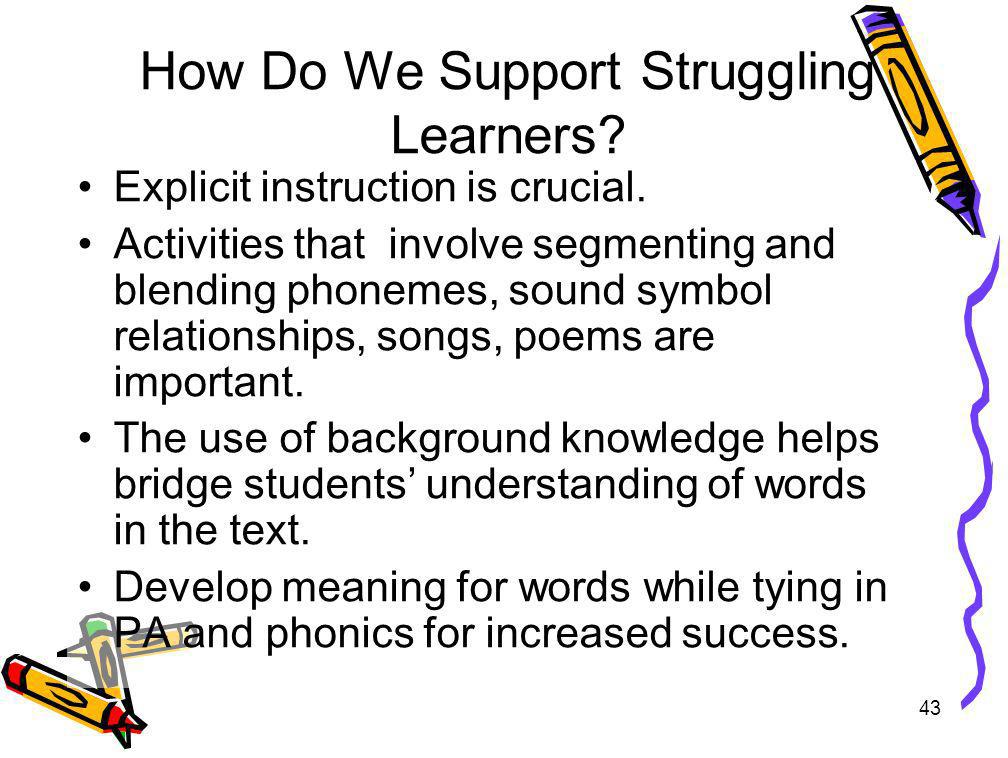 It allows you to segment subscribers at the dating stage.
It allows you to segment subscribers at the dating stage.
See how Farfetch does it. During the subscription, the client simply indicates the gender, which allows the brand to send different offers for men and women in the first email.
Market segmentation is needed in order to interact only with the target audience. However, grouping clients is an ongoing process. In the future, you can segment the audience based on the amount of purchases, categories of purchased goods, loyalty, and other characteristics. This approach will regularly drive sales and improve customer retention with relevant, personalized offers.
Resources:
- In this article, you will learn about the principles of segmentation.
- Learn how to select a sharding method here.
- On the blog vc.ru you will read about segmentation criteria for B2B and B2C markets.
- And on the site Notes of a marketer, get acquainted with the main objects of segmentation.
